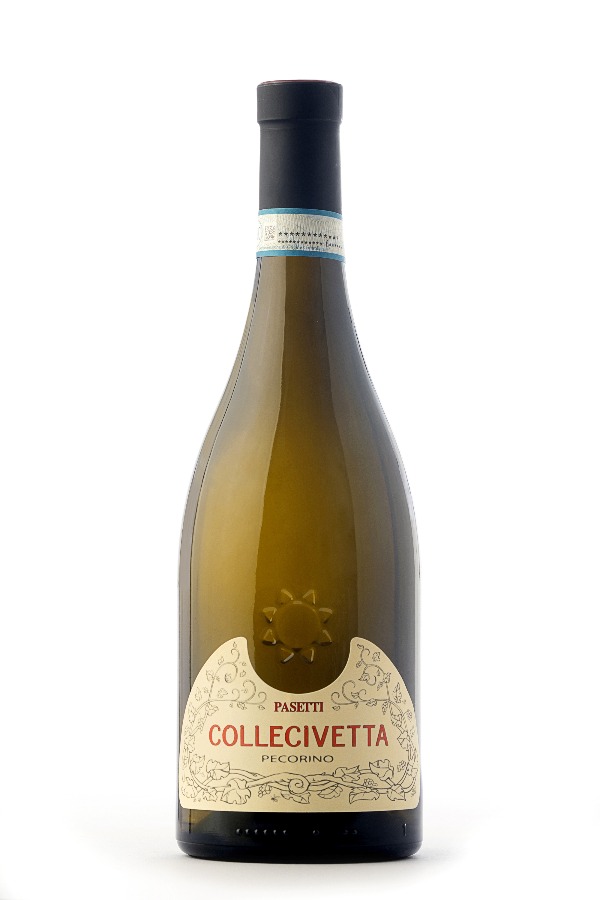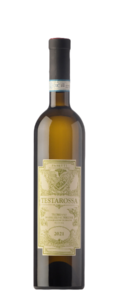
Collecivetta
Abruzzo Pecorino D.O.P.
This wine is the result of a valued selection of the best pecorino grapes. Both structure and body become enriched thanks to the particular method of vinification, which consists in standing for some months on fine lees.
How to serve it – It needs to rest at least 10 days after its arrive. It should be served at a temperature of 8 – 10 °C.
Gastronomic matching – It is recommended with fish dishes, cold cuts, white lasagna, risotto, courtyard animals, seasoned cheeses, white meat ragù (Italian sauce).
Technical features
Vintage
2022
Production area
It grows in Pescosansonesco at 550 metres above sea level. Vineyards are located at the foot of Gran Sasso in a very windy place with a high temperature range. Here the soil is clay-calcareous and rich in skeleton.
Wine history
Pecorino is a white grape variety spread in Abruzzo for many years. Its origins are not so clear; the first bibliographic tracks date back to the time of Cato the Censor who classified it in the group of the ammeos together with other groups (Greco di Tufo, Grechetto and Pignoletto). This group of grapes takes its name from the people of Amneos, native of Tessely, who brought these grapes to our peninsula during their migrations. The famous writer Plinio wrote that “the wine of the amineos is not hard, keeps well and improves after different years”. The ampelographic bulletin of the State of 1875 (file II) describes the pecorino as a grape that is cultivated in the vineyards of the middle Adriatic sea; among the wines born in these places, it’s the one which gives the early native fruit. At the end of 80’s it disappeared; we could find only a few plants in the area of Teramo and L’Aquila. Thanks to the selection work and to the courage of few viticulturists, the first wines are going to be available.
Organoleptic features
Bright straw yellow wine. Hints of wilted yellow flowers, citrus, dried fruit and bread crust. The acidulous appealing and the marked minerality are balanced with an excellent structure and a
long persistence.
Time of vintage
Third decade of September.
Vinification
Soft pressing, static decantation and cold fermentation, followed by a gross racking in order to leave the wine on the fine lees. Finally, the stabilization is obtained by cold decantation.
Ageing
In stainless steel vats on its fine lees and aging in bottle. It should be stored at 14°-16° and consumed preferably within 5 years from the harvest.
How to store the bottle
The bottle should be put in a horizontal position away from direct light, heat and noise at a temperature of 14 – 16 °C and a humidity of 60 – 80 %.

| Alcohol | 13,00 -13,50 % v/v |
| Sugar | 1,50 – 2,00 g/l |
| pH | 3,20 – 3,30 |
| Total acidity | 7,00 – 8,00 g/l |
| Volatile acidity | 0,20 – 0,30 g/l |



